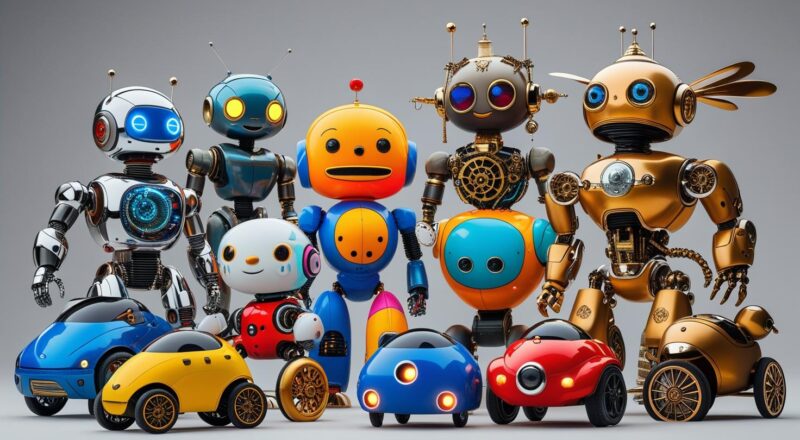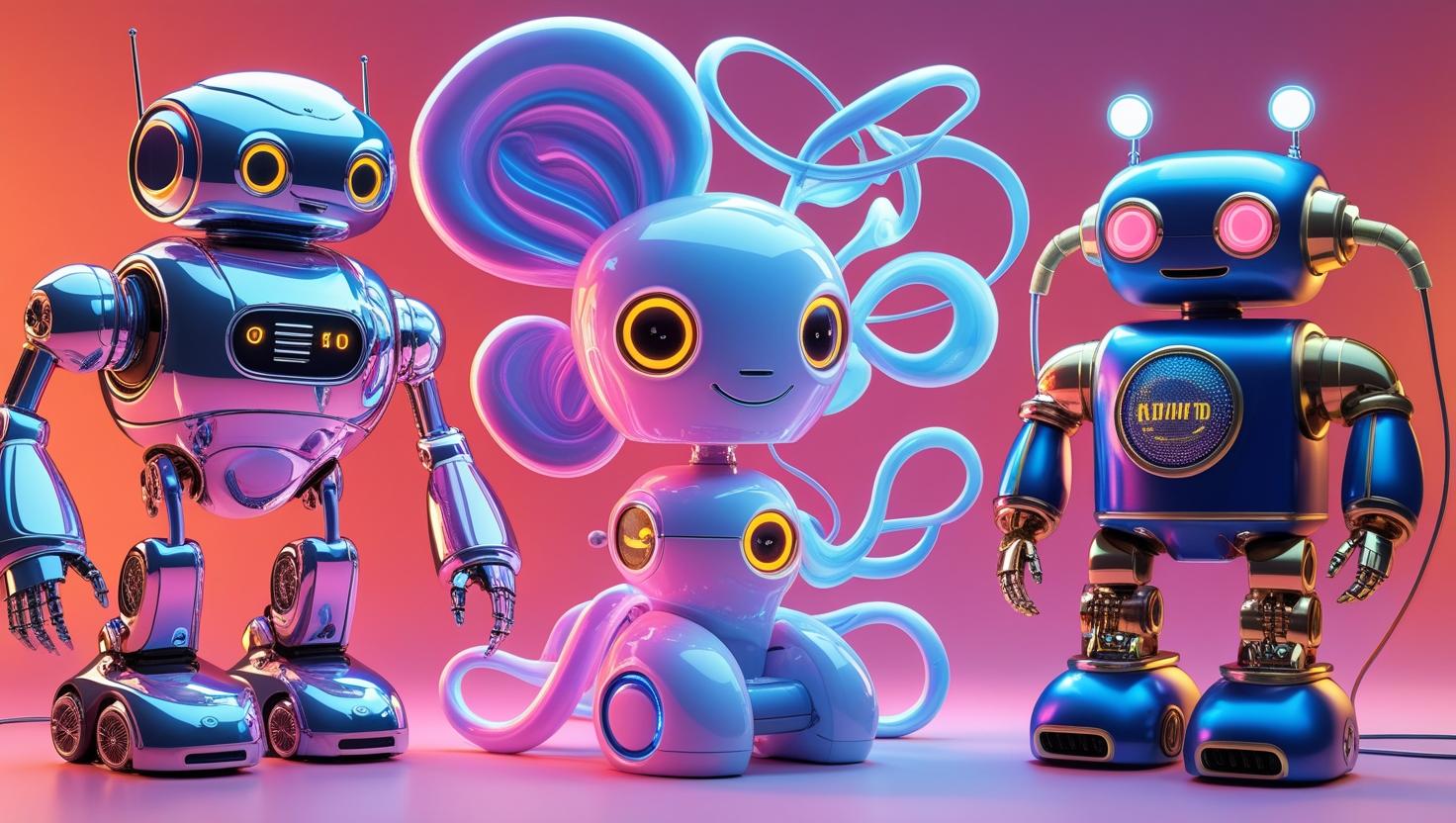Edutainment robots are rapidly evolving, moving beyond simple toys to become powerful tools for education. These robots combine engaging entertainment with educational content, creating immersive learning experiences. This blog post explores two recent and compelling applications of edutainment robots: personalized STEM tutoring for children with Autism Spectrum Disorder (ASD) and robotic storytellers for language acquisition and cultural immersion. We’ll delve into how these robots are being used, the potential benefits they offer, and the challenges they face.
Personalized STEM Tutoring for Children with Autism Spectrum Disorder (ASD)
One of the most promising applications of edutainment robots is in providing personalized STEM (Science, Technology, Engineering, and Mathematics) education to children with Autism Spectrum Disorder (ASD). Children with ASD often learn best through visual aids, structured routines, and consistent feedback. Traditional classroom environments can be overwhelming and difficult for them to navigate, hindering their learning potential. This is where edutainment robots step in.
Robots like QTrobot are specifically designed to address these challenges. These robots can deliver personalized STEM lessons tailored to the individual learning styles and needs of each child. The lessons are broken down into small, manageable steps, with clear visual cues and simplified instructions. The robot can provide consistent positive reinforcement, encouraging the child’s progress and building their confidence. The visual aids provide another avenue of learning that takes into account how students with ASD learn.
Benefits of Robotic STEM Tutoring for Children with ASD:
- Increased Engagement: The novelty and interactive nature of robots capture the child’s attention and maintain their interest in the learning material.
- Improved Comprehension: Visual aids and simplified instructions make complex concepts easier to understand.
- Enhanced Social Interaction Skills: Interacting with the robot can help children practice social skills in a safe and predictable environment. The robot can be programmed to initiate conversations, respond to questions, and provide feedback on the child’s communication.
- Data-Driven Personalization: The robot can collect data on the child’s learning progress, allowing therapists and educators to adjust the curriculum and teaching methods accordingly. This data-driven approach ensures that the child is receiving the most effective and personalized instruction possible.
Researchers are finding evidence that the integration of robotics into the curriculum of students with ASD is providing more positive results. However, the research is still in its infancy stage and requires more participants for better analysis. The use of robotic STEM Tutoring is showing positive indications, but must also be applied with caution.
Robotic Storytellers for Language Acquisition and Cultural Immersion
Language learning can be challenging, especially when it comes to mastering pronunciation, intonation, and cultural nuances. Edutainment robots offer a fun and engaging way to immerse learners in a new language and culture. Robots like NAO and Pepper are being used as storytellers in classrooms and language learning centers, particularly for minority language preservation and foreign language introduction.
These robots go beyond simply reading aloud. They can use gestures, facial expressions, and even act out scenes, making the storytelling experience more interactive and memorable. They can also incorporate elements of foreign culture, such as traditional dances, songs, and customs. The robot is acting as a cultural ambassador, creating a more immersive and enriching learning environment.
Benefits of Robotic Storytelling for Language Acquisition:
- Improved Pronunciation and Intonation: Learners can mimic the robot’s pronunciation and intonation, developing their speaking skills in a more natural way.
- Enhanced Vocabulary and Grammar: The robot’s storytelling exposes learners to a wide range of vocabulary and grammatical structures in a contextually relevant setting.
- Increased Cultural Understanding: The robot’s incorporation of cultural elements helps learners develop a deeper understanding and appreciation of the target language’s culture.
- Boosted Motivation and Engagement: The interactive and entertaining nature of robotic storytelling motivates learners and keeps them engaged in the learning process.
These robots are very expensive and hard to acquire for most educational institutions. Therefore, the research is still very limited and may only be available to schools with bigger budgets. In addition, robots might be a helpful tool to boost engagement, but they should be used in conjunction with teachers and proper educators. It is key that educational institutions do not see robots as replacements for humans.
Challenges and Future Directions
While the potential of edutainment robots is immense, there are also challenges to overcome. The cost of these robots can be a barrier to entry for many schools and families. The development of effective and engaging educational content requires specialized expertise and resources. Ethical considerations, such as data privacy and the potential for over-reliance on robots, also need to be carefully addressed.
Despite these challenges, the future of edutainment robots is bright. As technology advances and costs decrease, these robots will become more accessible and affordable. Further research and development will lead to more sophisticated and effective educational programs. The integration of artificial intelligence (AI) will enable robots to provide even more personalized and adaptive learning experiences. By addressing the challenges and embracing the opportunities, we can unlock the full potential of edutainment robots to transform education and empower learners of all ages and abilities.
Conclusion
Edutainment robots are revolutionizing the way we learn. From personalized STEM tutoring for children with ASD to robotic storytellers for language acquisition, these robots are making learning more engaging, accessible, and effective. As technology continues to evolve, we can expect to see even more innovative applications of edutainment robots emerge, further transforming the landscape of education and empowering learners worldwide. The development and use of edutainment robots is still very young and has a long way to go, but it is providing positive signals of what the future of learning might be.




